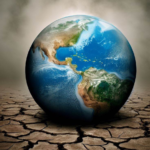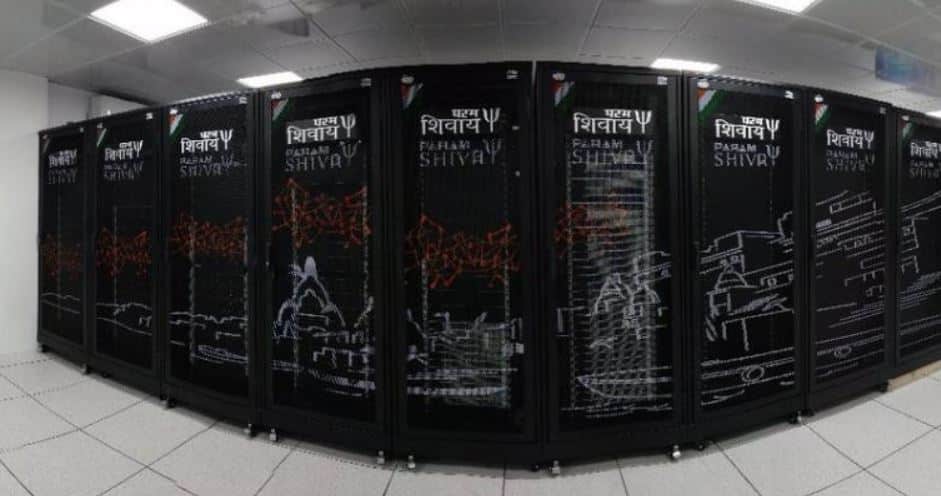
What is the greenhouse effect?
The greenhouse effect is a natural process that warms the Earth’s surface. When the Sun’s energy reaches the Earth’s atmosphere, some of it is reflected back to space and the rest is absorbed and re-emitted by greenhouse gases. Greenhouse gases include water vapor, carbon dioxide, methane, nitrous oxide, and ozone.
The greenhouse effect is essential for life on Earth. Without it, the Earth’s average temperature would be about -18°C (0°F), which is too cold for most life to survive. However, human activities are increasing the levels of greenhouse gases in the atmosphere, which is causing the Earth to warm at an unprecedented rate. This is known as global warming.
What are the effects of global warming?
Global warming is having a number of negative impacts on the Earth’s climate system. These impacts include:
- Rising sea levels
- Melting glaciers and ice sheets
- More extreme weather events, such as heatwaves, droughts, floods, and storms
- Changes in agricultural yields
- Loss of biodiversity
What are the effects of global warming in India?
India is one of the most vulnerable countries to the effects of global warming. The country is already experiencing rising sea levels, more extreme weather events, and changes in agricultural yields. These impacts are having a significant impact on the Indian people, especially the poor and marginalized.
Effects on people
Global warming is having a number of negative impacts on people in India, including:
- Health impacts: Heatwaves, droughts, and floods can all lead to serious health problems, such as heatstroke, dehydration, and waterborne diseases.
- Food insecurity: Changes in agricultural yields and more extreme weather events are making it more difficult for farmers to produce food. This is leading to food insecurity and hunger, especially among the poor.
- Displacement: Rising sea levels and extreme weather events are forcing people to leave their homes and communities. This is leading to displacement and homelessness.
Effects on children
Children are particularly vulnerable to the effects of global warming. They are more likely to suffer from heat-related illnesses and waterborne diseases. They are also more likely to be displaced from their homes by extreme weather events.
Effects on underprivileged
The underprivileged are also disproportionately impacted by the effects of global warming. They are more likely to live in areas that are vulnerable to sea level rise and extreme weather events. They are also less likely to have access to resources to help them cope with the impacts of climate change.
What can be done to mitigate the effects of global warming?
There are a number of things that can be done to mitigate the effects of global warming, including:
- Reduce greenhouse gas emissions: This can be done by switching to renewable energy sources, improving energy efficiency, and reducing deforestation.
- Adapt to the impacts of climate change: This includes building seawalls to protect coastal communities from rising sea levels and developing drought-resistant crops.
Fun fact: Did you know that India is one of the world’s leading producers of renewable energy? In 2022, India’s renewable energy capacity exceeded 150 gigawatts, which is more than the total coal-fired power capacity of the country.
In more detail
Causes of global warming
The primary cause of global warming is the burning of fossil fuels, such as coal, oil, and natural gas. When fossil fuels are burned, they release greenhouse gases into the atmosphere. Other human activities that contribute to global warming include deforestation, agriculture, and industrial processes.
Impacts of global warming in India
- Rising sea levels: India’s coastline is one of the most vulnerable in the world to sea level rise. A rise in sea level of just one meter would inundate over 6,000 square kilometers of land in India and displace over 10 million people. Sea level rise is also causing salinization of coastal groundwater, which is making it unfit for drinking and irrigation.
- Melting glaciers and ice sheets: The melting of glaciers and ice sheets in the Himalayas is reducing the availability of water for drinking, irrigation, and hydropower generation. The melting is also causing an increase in the frequency and intensity of landslides and floods.
- More extreme weather events: India is experiencing more extreme weather events, such as heatwaves, droughts, floods, and storms. These events are having a devastating impact on people’s lives and livelihoods. For example, the heatwave that swept across India in 2023 killed over 1,500 people.
Additional information
- The Intergovernmental Panel on Climate Change (IPCC) is the leading international body for the assessment of climate change. The IPCC’s Sixth Assessment Report, released in 2021, concluded that “it is unequivocal that human influence has warmed the atmosphere, ocean and land.”
- The Paris Agreement is a legally binding international treaty on climate change. The goal of the Paris Agreement is to limit global warming to well below 2°C above pre-industrial levels.










